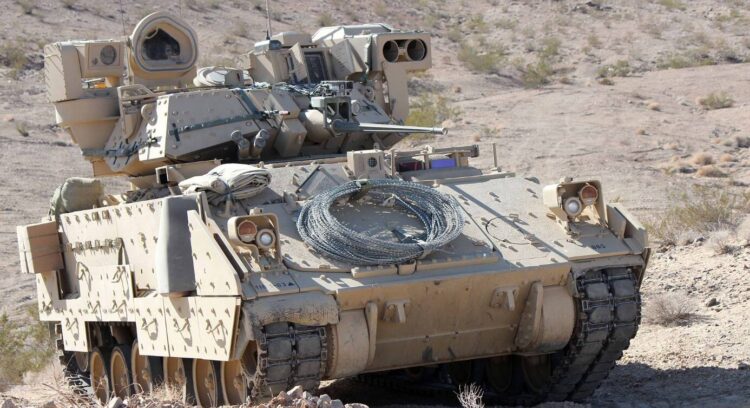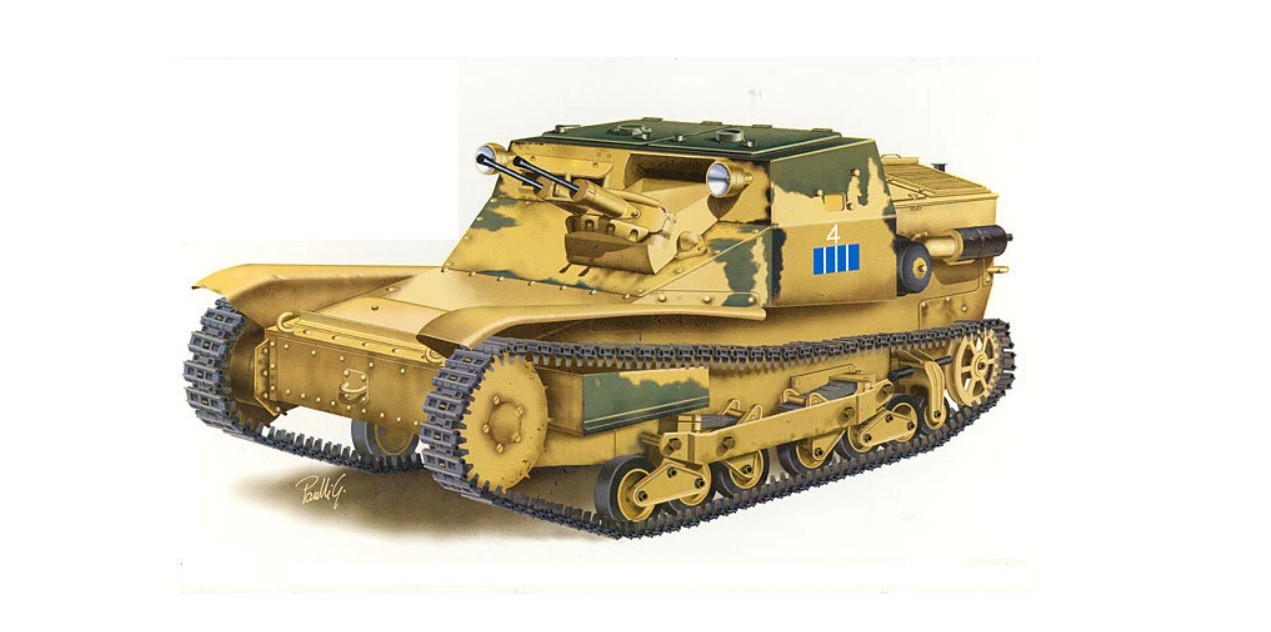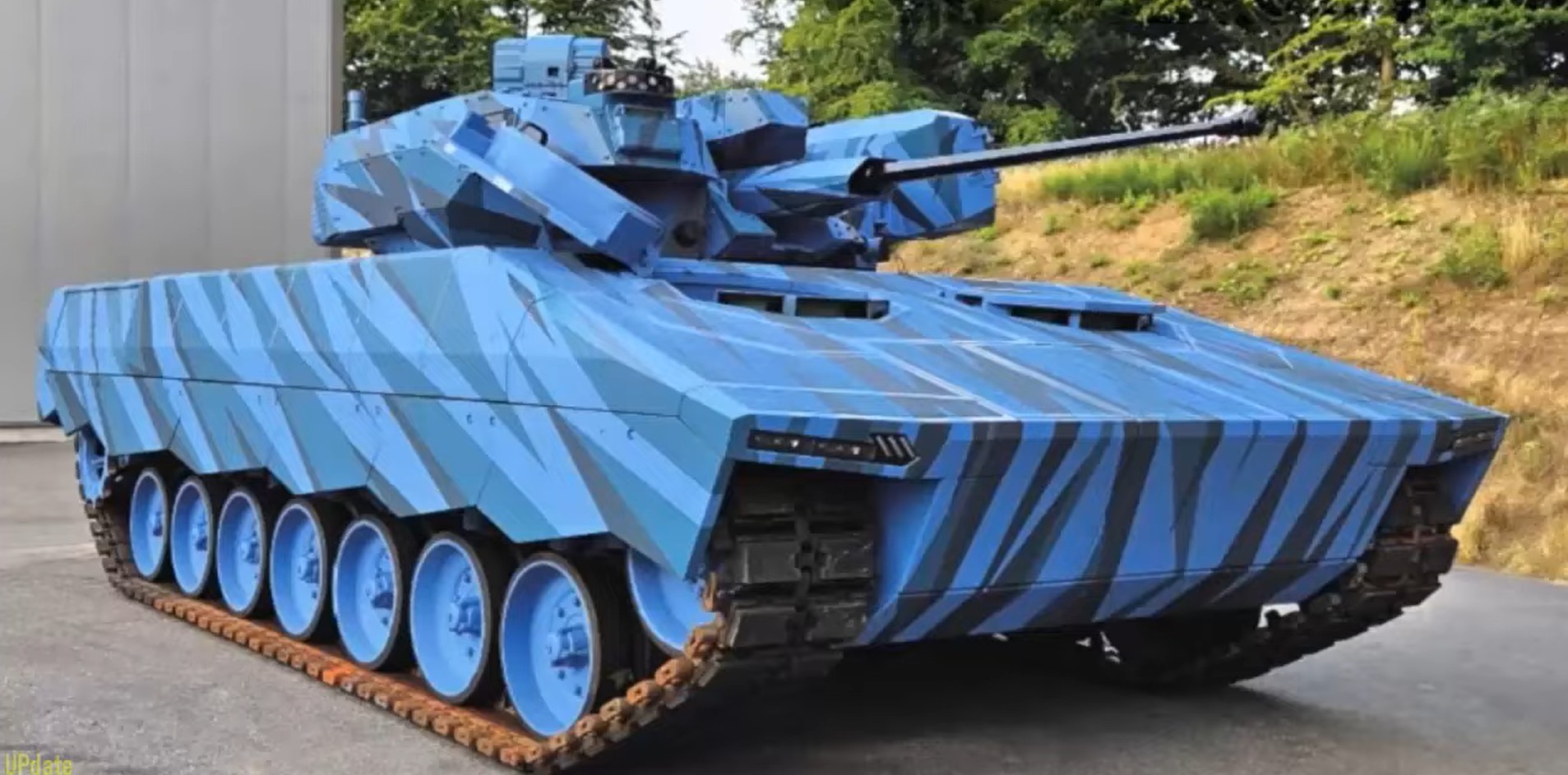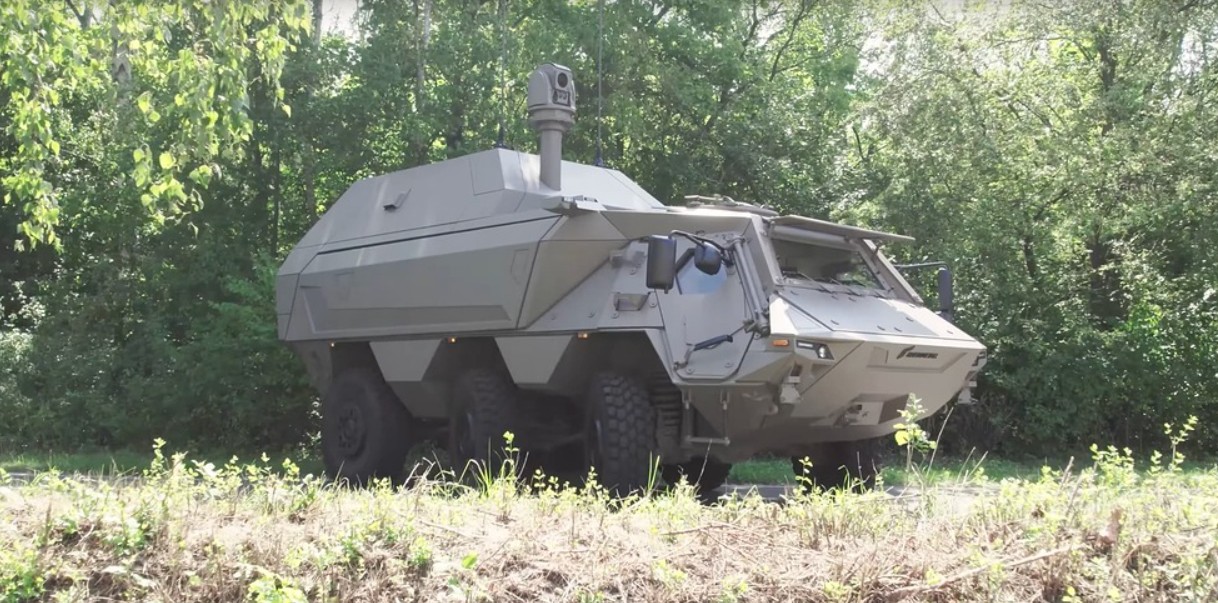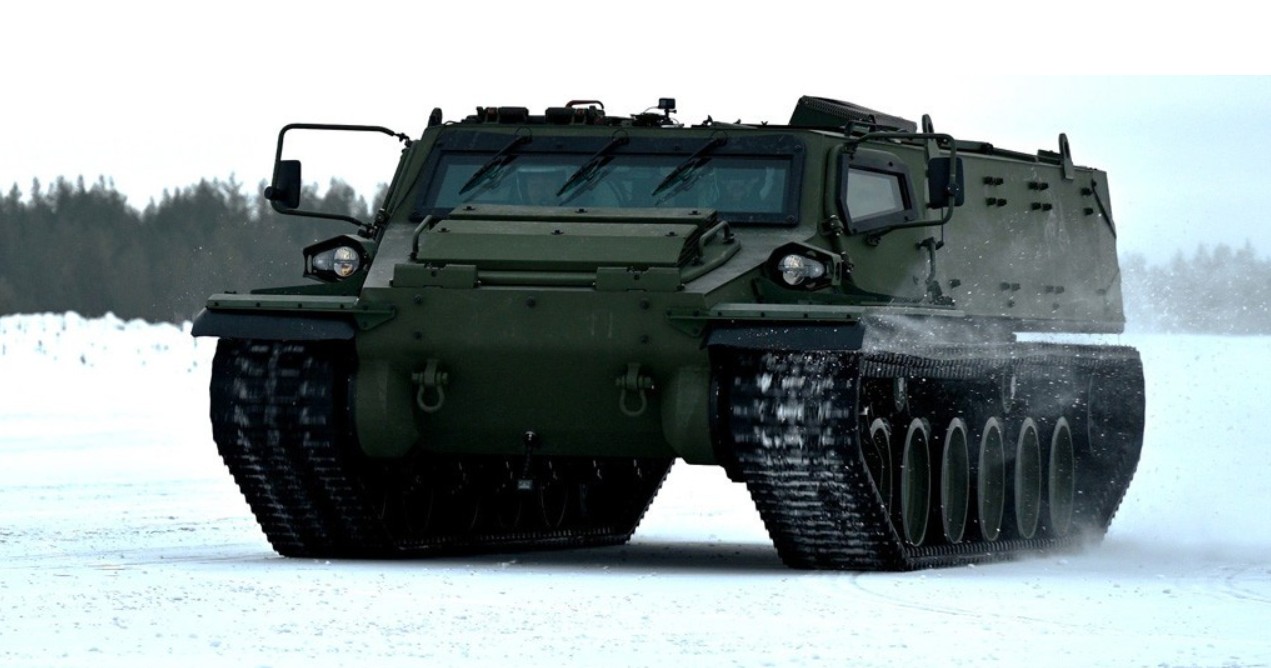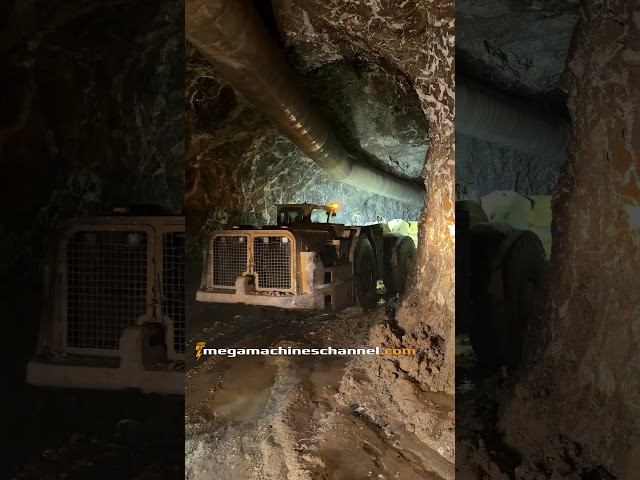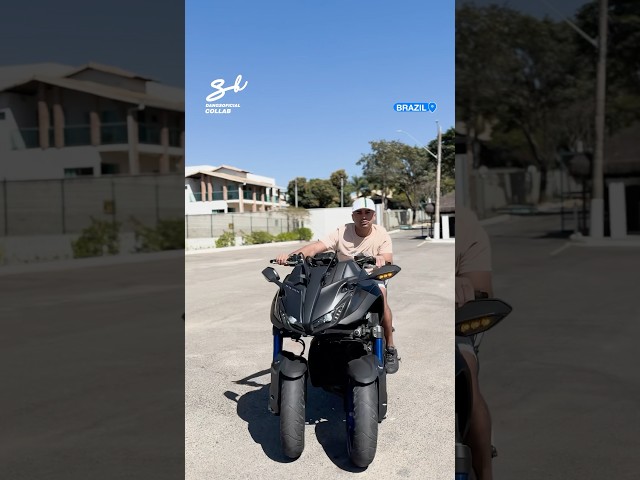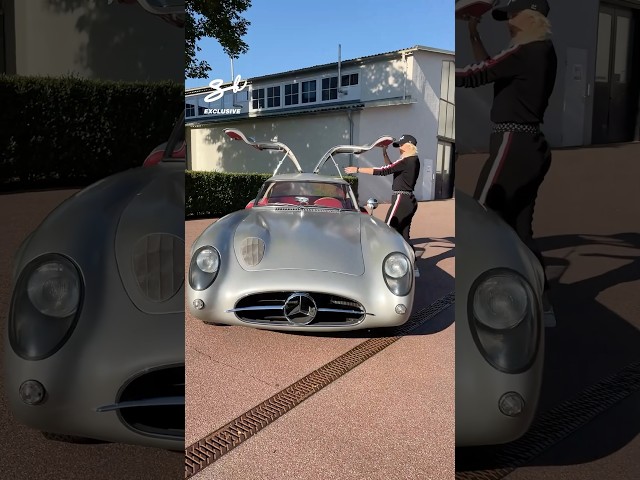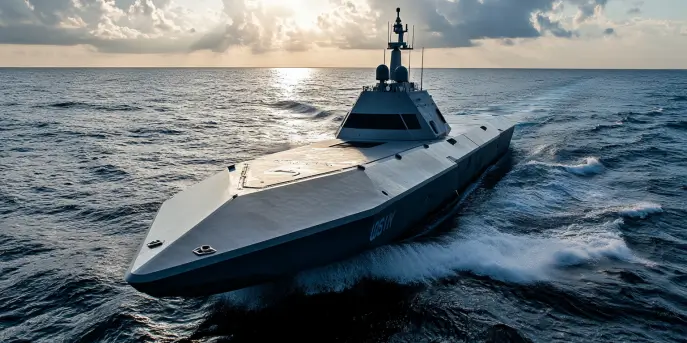The M2 and M3 Bradley are armored fighting vehicles used by the United States Army, each designed to fulfill distinct roles on the battlefield. While sharing a common base, their purposes and capabilities are tailored to specific missions, which makes them unique in their own rights.
The Origins of the Bradley Fighting Vehicle
The Bradley Fighting Vehicle (BFV) was developed as part of the U.S. military’s need for a more mobile and agile armored vehicle post-World War II. Emerging during the Cold War era, its primary mission was to safely transport troops and provide fire support on the battlefield while maintaining high mobility.
M2 Bradley Infantry Fighting Vehicle (IFV)
The M2 Bradley is designated as an Infantry Fighting Vehicle, which means its primary role is to bring infantry onto the battlefield and provide protection and support while they are deployed. The development of the M2 aimed to combine the firepower of a tank with the troop-carrying capabilities of an armored personnel carrier.
Key Features:
- Armor: The M2 is equipped with aluminum armor reinforced with spaced laminate armor plates and applique armor, offering good protection against small arms fire and artillery shell splinters.
- Firepower: It features a 25mm M242 Bushmaster chain gun and a coaxial 7.62mm M240C machine gun, allowing it to engage both infantry and lightly armored vehicles. Moreover, the M2 Bradley is equipped with TOW (Tube-launched, Optically tracked, Wire-guided) anti-tank missiles for additional anti-armor capability.
- Capacity: Capable of carrying a three-man crew (commander, gunner, and driver) and up to six fully-equipped infantrymen, it is designed for rapid deployment and extraction from conflict zones.
M3 Bradley Cavalry Fighting Vehicle (CFV)
The M3 Bradley serves as a Cavalry Fighting Vehicle, optimized for reconnaissance missions and scouting operations rather than infantry transport. While it shares the same chassis and much of the armament with the M2 Bradley, the M3 has unique features that suit its reconnaissance role.
Key Features:
- Reduced Personnel Capacity: Unlike the M2, the M3 carries a crew of three and an additional two scouts, leaving more space for additional communications and surveillance equipment essential for its observation missions.
- Advanced Reconnaissance: Enhanced communication systems enable better coordination and intelligence gathering, which is vital for cavalry missions.
- Armament: The M3 retains the M242 Bushmaster cannon and TOW missiles but places a lesser emphasis on troop transport capabilities.
Shared Characteristics
Despite their differences, the M2 and M3 Bradley vehicles have several similarities due to their shared design platform:
- Mobility: Both vehicles possess a Cummins VTA-903T 8-cylinder turbocharged diesel engine, yielding approximately 600 horsepower. This allows for a top speed of around 41 mph (66 km/h) and an operational range of 300 miles (480 km).
- Navigational Systems: Equipped with GPS and advanced targeting systems, these vehicles are designed to operate efficiently in modern-day theatres of war.
- Self-Defense Mechanisms: Both the M2 and M3 are equipped with smoke grenade launchers for creating smokescreens, important for defensive maneuvers.
Capabilities in Combat
Both Bradley variants play vital roles in military tactics. The M2’s focus on carrying infantry into battle and providing supportive fire makes it integral in advancing front-line combat. On the other hand, the M3’s mobility and advanced communications make it indispensable for reconnaissance and scouting operations.
Battlefield Integration:
- The M2 Bradley can provide direct support to infantry, suppressing the enemy’s ability to fire back effectively, thus ensuring safer advancement for troops.
- The M3 Bradley often acts ahead of the main force, gathering intelligence, identifying enemy positions, and communicating this information back to friendly forces.
Upgrades and Modernization
Over the years, both M2 and M3 Bradleys have undergone numerous upgrades to improve their survivability and effectiveness on the battlefield. These upgrades include:
- Improved Explosive Reactive Armor (ERA) kits to increase protection against newer threats like IEDs and RPGs.
- Enhancements in thermal imaging systems and ballistic computer systems that increase target acquisition and accuracy.
- Added communication and networking capabilities for better integration into network-centric warfare scenarios.
- Engine upgrades to improve fuel efficiency and speed, critical factors for extended operations.
Key Performance Specifications
| Specification | M2 Bradley | M3 Bradley |
|---|---|---|
| Role | Infantry Fighting Vehicle | Cavalry Fighting Vehicle |
| Crew | 3 + 6 infantrymen | 3 + 2 scouts |
| Primary Armament | 25mm M242 Bushmaster cannon | 25mm M242 Bushmaster cannon |
| Secondary Armament | 7.62mm M240C machine gun | 7.62mm M240C machine gun |
| Missiles | TOW anti-tank missiles | TOW anti-tank missiles |
| Engine | Cummins VTA-903T turbocharged diesel | Cummins VTA-903T turbocharged diesel |
| Max Speed | 41 mph (66 km/h) | 41 mph (66 km/h) |
| Range | 300 miles (480 km) | 300 miles (480 km) |
The Future of the Bradley Vehicles
The evolving nature of military technology and tactics means the Bradley will continue to adapt. Future iterations are expected to incorporate even more advanced sensor suites, automated defense systems, and possibly hybrid electric drives to better align with contemporary military needs. As warfare continues to evolve, the roles the M2 and M3 Bradleys play are likely to be ever more critical in securing battlefield advantages.
